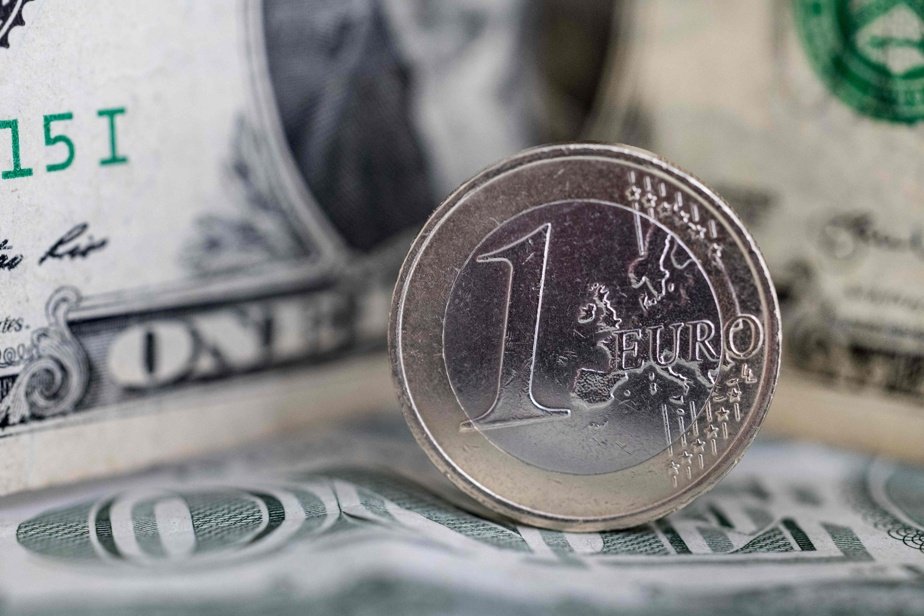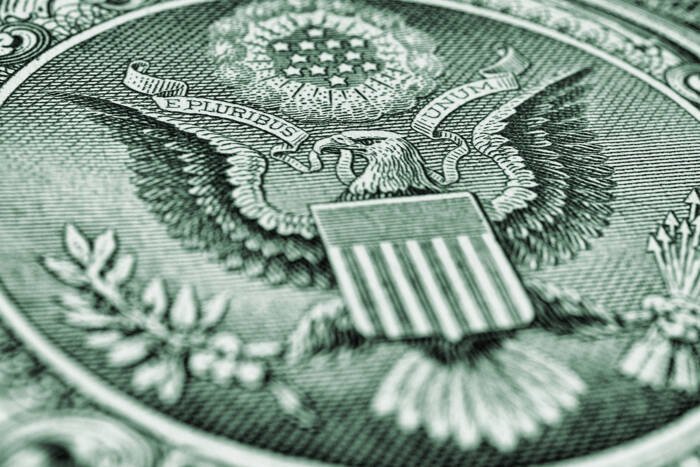Dubai: The US dollar is still spiralling lower. Last week, it plunged to a three-year low, and analysts warn the greenback’s decline may still have room to run after dipping further on Monday.
The US dollar started this week dropped down another 0.3% as political uncertainty deepened in Washington, with US Senate debates dragging on over President Donald Trump’s proposed $4.5 trillion tax cut plan. That came after a 0.5% drop the previous week — capping the worst start to a year for the dollar since at least 2005.
In fact, the Bloomberg Dollar Spot Index has fallen 8.8% so far this year, setting it on track for its steepest first-half decline since the early 1970s — when currencies were first allowed to float freely.
“The US dollar remains under cyclical downward pressure,” said Lloyd Chan, strategist at Mitsubishi UFJ Financial Group. “Uncertainty around fiscal and trade policies is weighing heavily, and ballooning debt risks from Trump’s tax proposals could worsen the outlook.”
What’s driving the dollar down?
Much of the pressure stems from speculation that Trump could accelerate the process of replacing Federal Reserve Chair Jerome Powell. Markets are pricing in the possibility of faster interest rate cuts — a move that historically weakens the dollar as returns on dollar-denominated assets decline.
This shift in sentiment has already triggered waves across the global forex market.
Global currencies rise as dollar slides
The dollar has hit multi-year lows against major currencies like the euro, pound, Swiss franc, and yen. Sterling is now at its highest since 2021, while the franc has surged to a decade-high. The Japanese yen, often seen as a safe haven in uncertain times, is also strengthening.
Typically, currencies like the euro and yen gain ground when the dollar softens — especially if their own central banks hold interest rates steady.
What this means for UAE residents
For many in the UAE, a weaker dollar cuts both ways.
Expats who send money home may find that their dirhams now fetch less foreign currency, particularly if they’re remitting to countries whose currencies are rising against the dollar. In recent weeks, remittances to countries like India and the Philippines had become more attractive as those currencies weakened — but that window is already starting to close.
On the flip side, a falling dollar can ease the cost of imports and reduce inflation for UAE businesses reliant on foreign goods — especially those priced in non-dollar currencies.
What to watch next
All eyes are now on the White House. If Trump follows through on replacing Powell, and the Federal Reserve shifts toward rate cuts, the dollar could slide further. UAE residents with currency exposure — whether through remittances, international business, or overseas property — are being advised to monitor markets closely and consider splitting large transfers into smaller, better-timed ones.
While the dollar has long been the world’s dominant currency, the current selloff is testing that status — and its ripple effects are being felt across borders, including right here in the UAE.
Justin is a personal finance author and seasoned business journalist with over a decade of experience. He makes it his mission to break down complex financial topics and make them clear, relatable, and relevant—helping everyday readers navigate today’s economy with confidence.
Before returning to his Middle Eastern roots, where he was born and raised, Justin worked as a Business Correspondent at Reuters, reporting on equities and economic trends across both the Middle East and Asia-Pacific regions.








